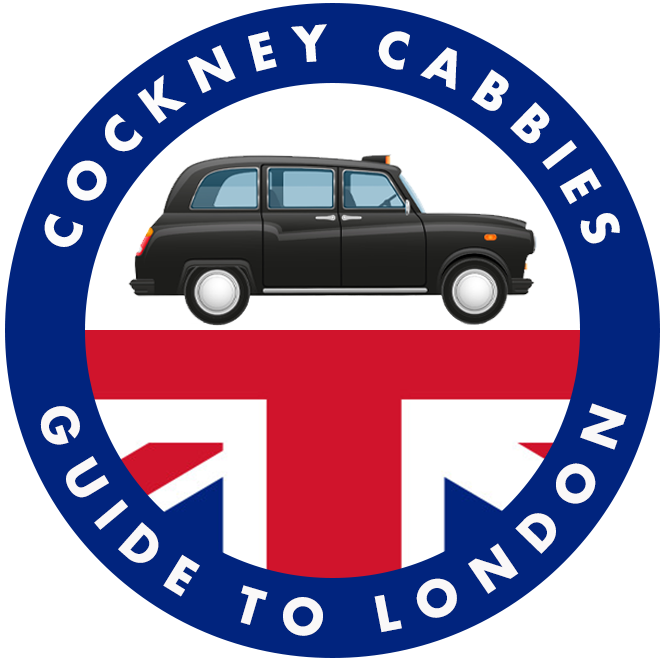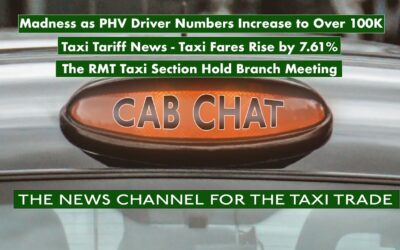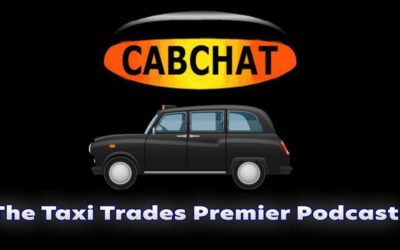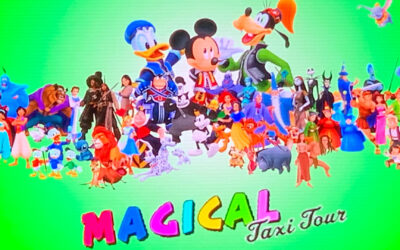
Rideshare company Uber Technologies may be headed for a world of hurt. A California judge has ruled that a class action complaint against the rideshare company will be heard by a jury, in order to decide if Uber drivers shall be classified as employees or independent contractors.
Should the jury decide that drivers are, in fact, employees, it will cost the rideshare company untold sums due to its workforce. It could be on the hook for overtime; unpaid tips; health, life, and disability insurance; Social Security and Medicare; unemployment and worker’s comp insurance; paid leave, vacation pay, and sick days; and other costs that could amount to as much as $30 per hour.
Core Issue
The case rests on whether or not Uber exerts control over how its drivers provide transportation services, and if so, to what extent. There are two areas to examine in determining employee or contractor status. Should any plaintiff demonstrate that they are providing work or labor, that in itself provide a prima facie case that they are, in fact, a servant.
The District Court held that this hurdle was unquestionably cleared by the Plaintiffs, which was regarded as a matter of law.
Disproving the prima facie case falls to the putative employer, but the interpretation of various Supreme Court cases in this regard is not so clear-cut, and the law requires a jury make these determinations of fact. The Court has ruled that a number of criteria exist to determine status, but that the totality of the situation must be considered, and any one element does not trigger one status or the other.
The Court has determined that an employer’s right to control work details is the most significant consideration. Intertwined with this concept is the notion that if the employer has to the power to terminate the employee at any time, without cause, then it gives the employer powerful ability to control those work details.
Control?
Given that Uber can, and has, discharged drivers without cause on multiple occasions (some of them high-profile), it would appear the most significant test has been met. Uber’s services agreement says, “Uber will have the right, at all times and at Uber’s sole discretion, to reclaim, prohibit, suspend, limit or otherwise restrict the Transportation Company and/or the Driver from accessing or using the Driver App…”
While Uber claims that drivers can work any time that they want, and that they may refuse any rides they want, the Uber Driver Handbook says otherwise: “We expect on-duty drivers to accept all [ride] requests.” Furthermore, it states, “we consider a dispatch that is not accepted to be a rejection…and will follow-up with all drivers that are rejecting too many trips,” which could lead to termination. The same applies if a driver’s rating is too low.
Previous Supreme Court cases, however, have established numerous other criteria.
· Whether the one performing services is engaged in a distinct occupation or business;
· The kind of occupation, with reference to whether, in the locality, the work is usually done under the direction of the principal or by a specialist without supervision;
· The skill required in the particular occupation;
· Whether the principal or the worker supplies the instrumentalities, tools, and the place of work for the person doing the work;
· The length of time for which the services are to be performed;
· The method of payment, whether by the time or by the job;
· Whether or not the work is a part of the regular business of the principal;
· Whether or not the parties believe they are creating the relationship of employer-employee.
While the District Court judge sent the case to a jury to determine which factors, if any, determine employment status, he strongly signaled that the facts seem to weigh in favor of drivers being regarded as employees.
Plaintiffs provided numerous documents that were, “written in the language of command”, instructing drivers with specific details about the manner in which they operate. They include dressing professionally, texting clients every minute or two prior to pickup, how and where to pick up a passenger, and using an umbrella when it rains to cover the passenger.
All of these factors, and more, are effectively monitored by Uber based on passenger ratings. Thus, a driver not living up to Uber standards – whether suggested or ordered – could be terminated, as stated in Uber’s own handbook. The passenger effectively functions as a company observer because Uber can directly react based on the information it receives.
Finally, Uber rightly claims that because drivers set their own hours, that factor should weigh in favor of contractor status. Yet the judge was quick to point out that one factor alone does not determine status. What is more important is howmuch control Uber exerts when its drivers actually do work. Secondary factors, as the judge pointed out, seem to weigh in favor of contractor status, such as drivers providing their own vehicles. On the other hand, a vehicle is useless without the app provided by Uber.
Experts point to the case of Alexander vs FedEx, in which the company lost a massive case, requiring it to treat contractors it hired from 2000 to 2007 as employees. It opened up the floodgates for more than two dozen other similar cases.
The evidence seems to weigh against Uber. The liability on misclassification could run as high as $30 per hour, multiplied by all the hours put in by all Uber drivers in California alone.
Then one must ask how much it may be liable for going forward, and this doesn’t even address the possibility of a similar lawsuit in every state. Should that happen, Uber will need a ride to the cemetery.






